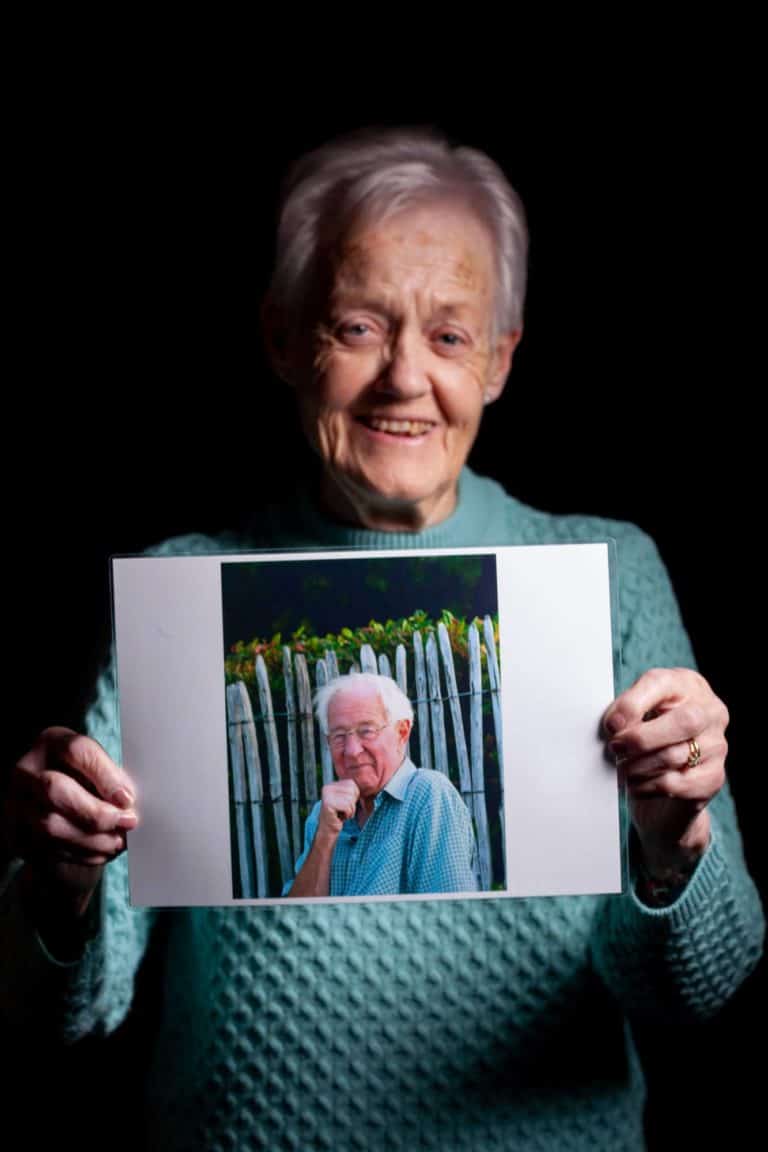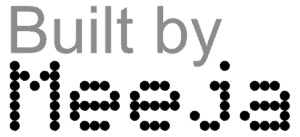Donald Young on Boatbuilding
Well, you see the way we built ‘em you had to put the planks on the mould and then the second one the other way and glue it on. Well, you had to keep the planks on the mould while you did it so the first skin would have quite a few fixings to the mould because you got to have it … it ain’t no good having the plank lifting in certain places. You’ve got to have it so that it’s flat on the mould and you’ve got to fit the second one up against it ‘cos it’s surprising how much difference there is. You can’t just take a plank and put it on and then the next one on top, you’ve got to fit it to it. It’s surprising how much movement, how much you’ve got to change it. You have to plane it or in some cases even saw a bit off. You’ve got a little electric saw and a planer and you can fit it like that and then that has to be kept on the mould so in the very beginning we was using nails through a little bit of ply to hold it on and then of course you’ve got to make all these little bits and one thing and another. Then we went to staples. They was alright but you still wanted something … you still had to put something under the staples so that you could get it out easy, so we had lots of little strips of the thin veneer to put the staple through and you’d end up with a boat full of little bits of wood with staples (laughs) and then of course when you come to the next skin, once it had dried you could take the staples out but the first skin you had to leave them in because they would move about too much if you didn’t. So, that was the introduction of staples. Well, people used staples for years, so I suppose really …. didn’t really happen when I was doing it, they already had them didn’t they?
Lisa: Did you work from drawings?
When we made the mould yes, we did. See in the beginning, as I said, we used to have to buy the shell from Fairey Marine but when they stopped making them, we had to make our own mould to make the hull on and we had to make the mould from the drawings from the Albacore.







